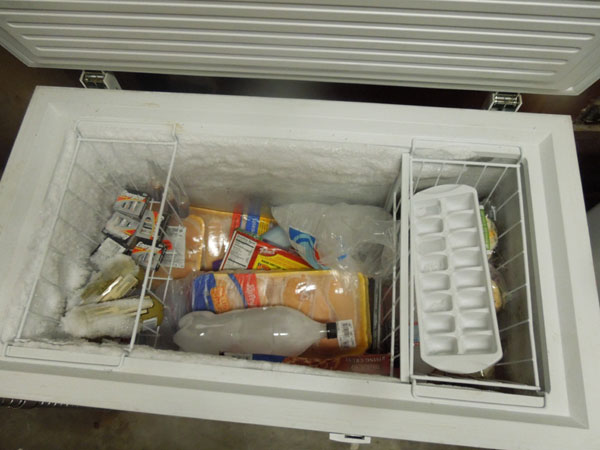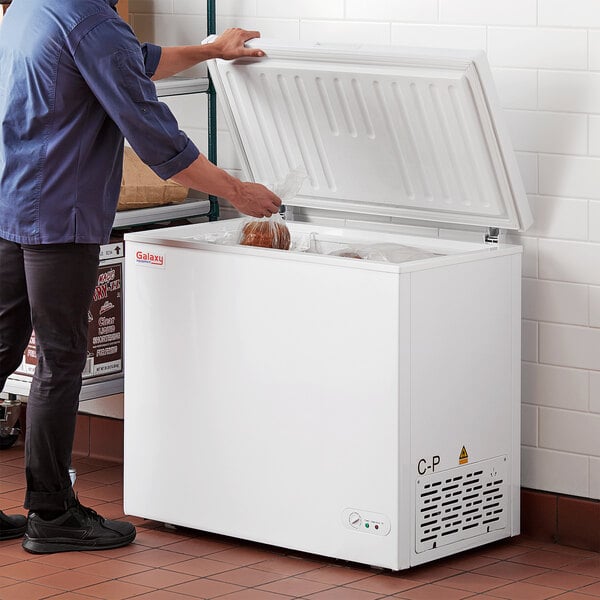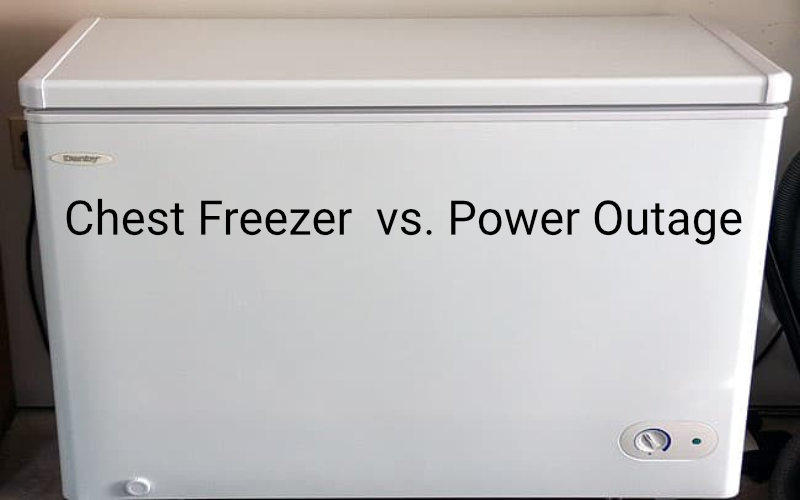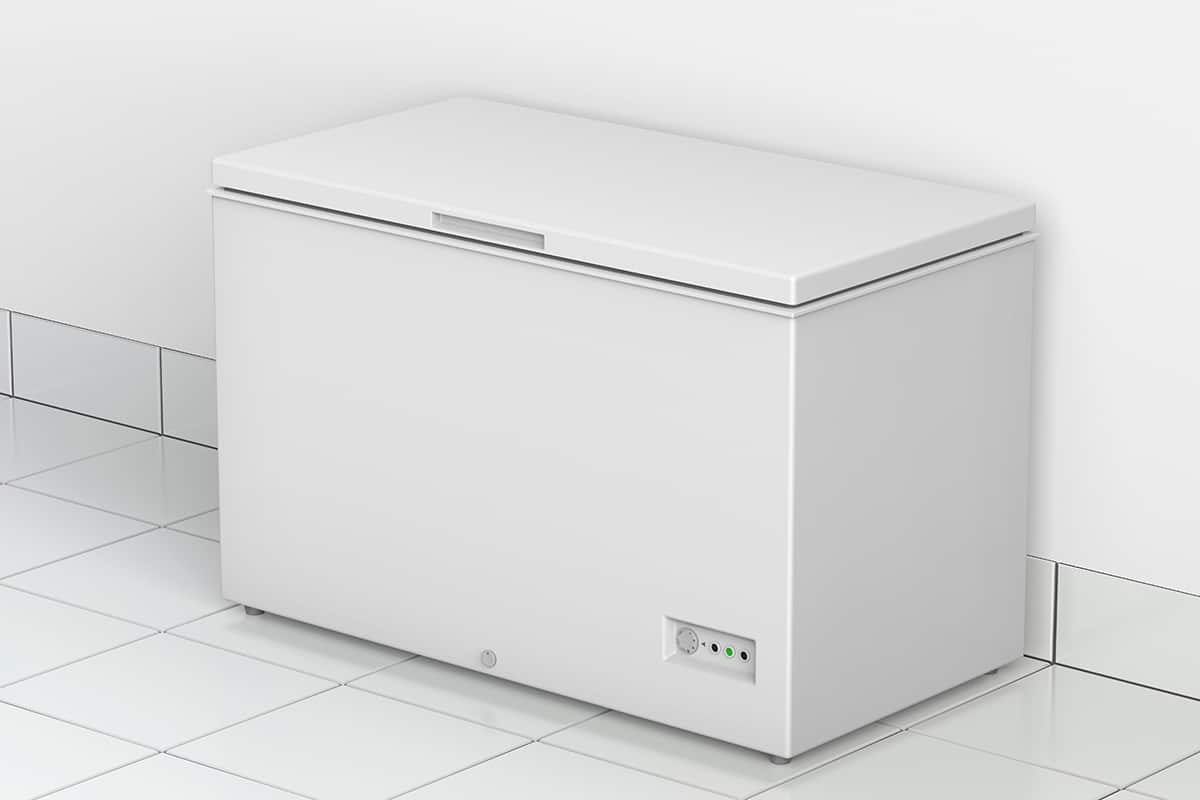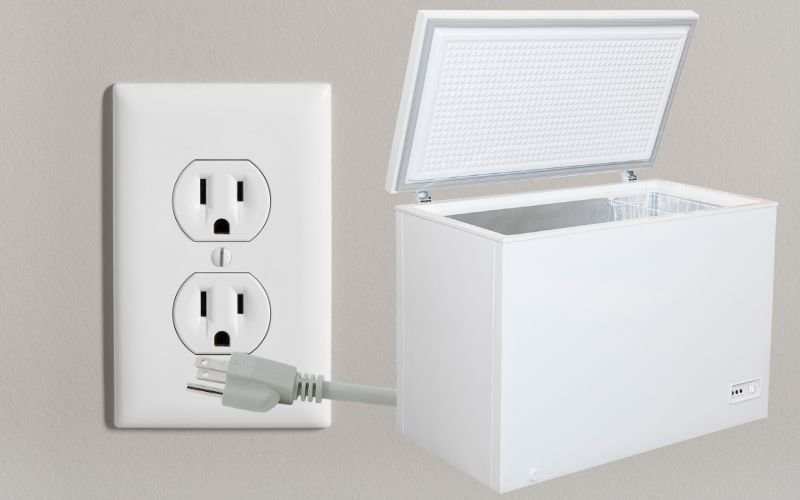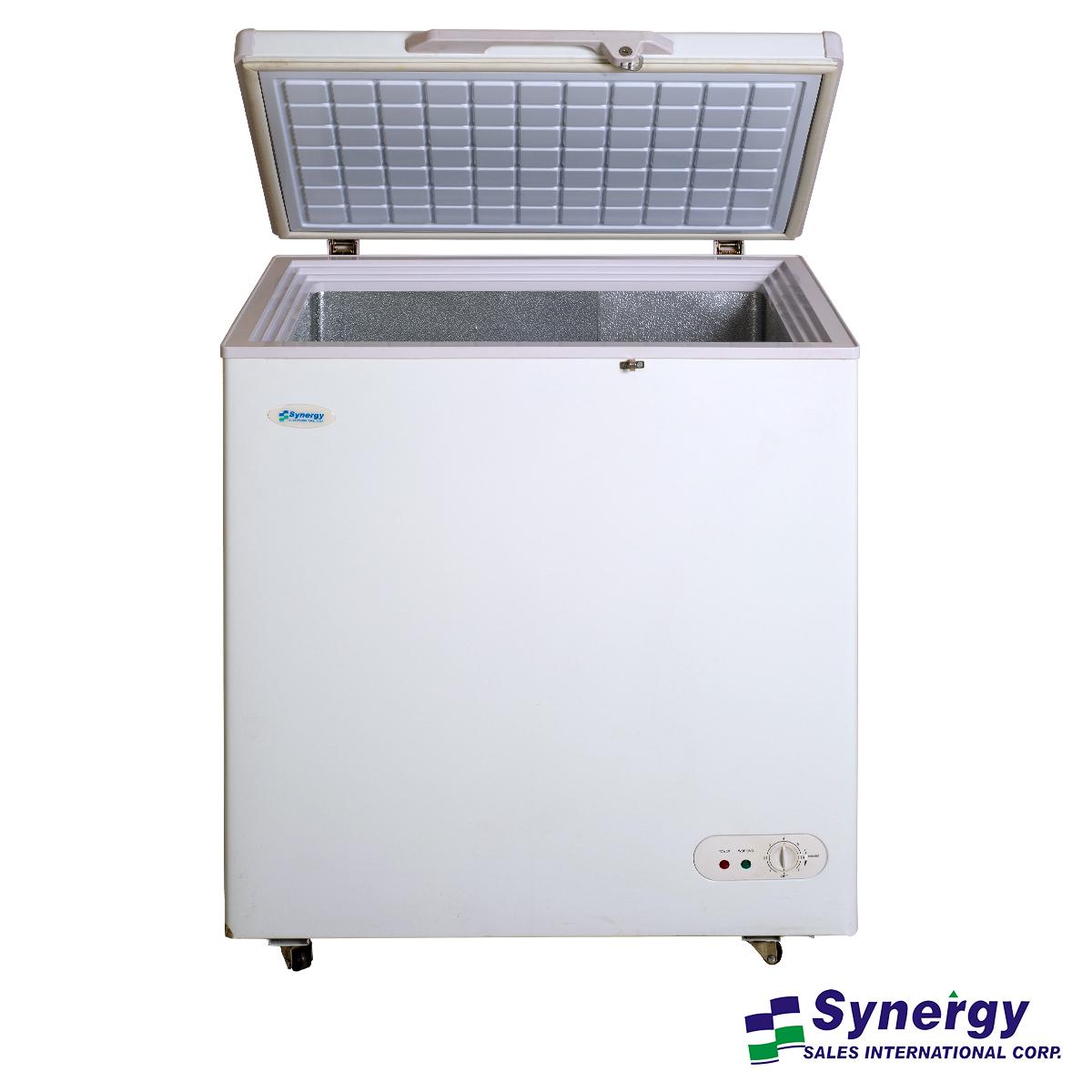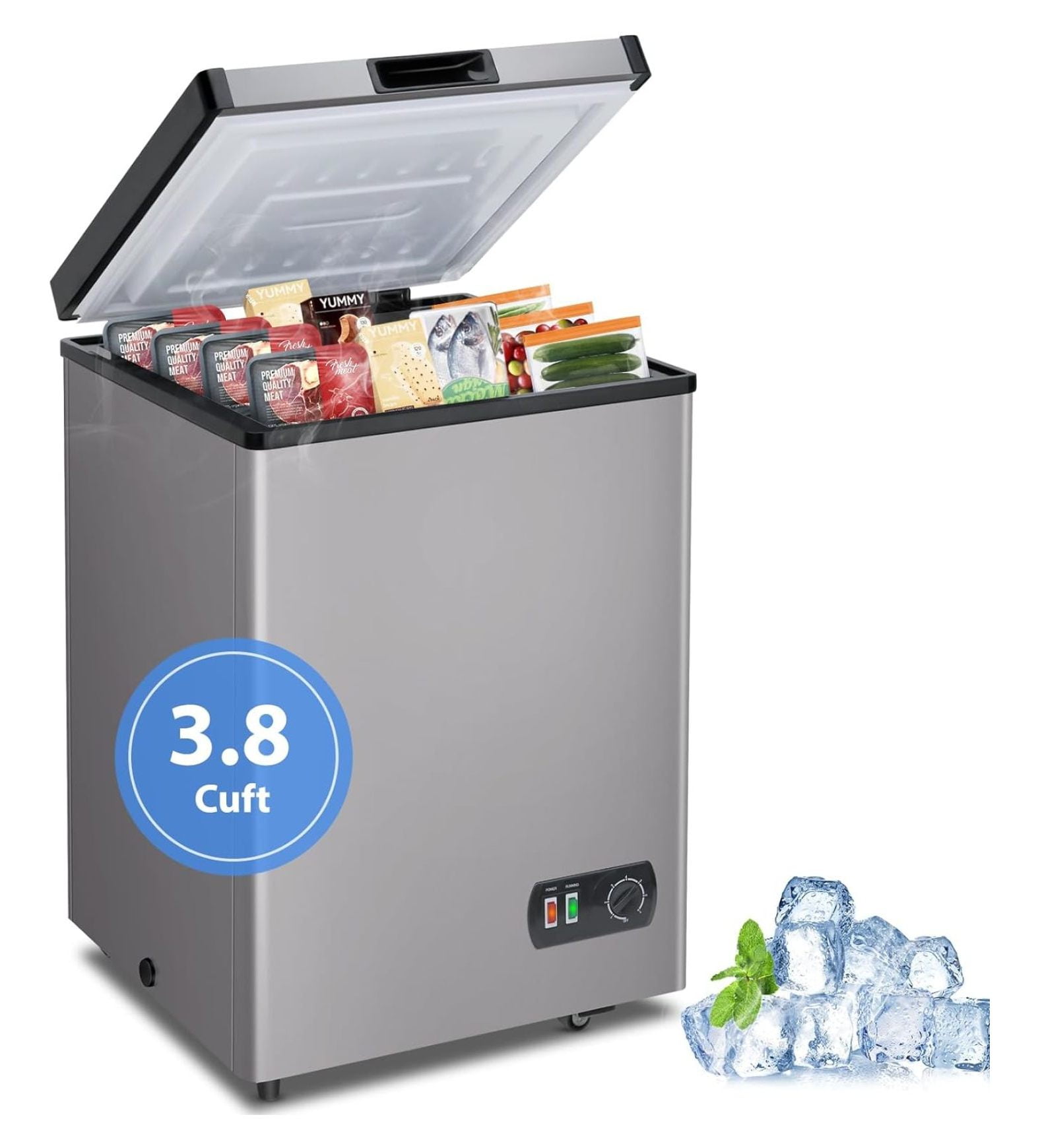How Much Power Does A Small Chest Freezer Use

The hum of a chest freezer, a ubiquitous sound in many homes and garages, often fades into background noise. But beneath that quiet operation lies a question that's becoming increasingly relevant in an era of rising energy costs and environmental consciousness: how much power does that seemingly innocuous appliance actually consume?
The electricity consumption of a small chest freezer is a complex issue determined by factors like size, age, efficiency rating, ambient temperature, and user habits. While pinpointing an exact figure is impossible without knowing specific details, understanding the general range of energy usage and the elements that influence it can empower consumers to make informed decisions and potentially save money.
Energy Consumption: A General Overview
Generally, a small chest freezer, typically ranging from 5 to 9 cubic feet, consumes between 200 to 400 kilowatt-hours (kWh) per year. This translates to roughly 17 to 33 kWh per month. However, these are just average figures, and actual consumption can vary significantly.
Key Factors Influencing Power Usage
Several key factors play a significant role in determining a chest freezer's energy consumption. The size and age of the freezer are primary drivers.
Larger freezers, naturally, require more energy to maintain their lower temperatures. Older models are typically less energy-efficient than newer ones due to advancements in insulation and compressor technology.
Energy Star certification is a crucial indicator of efficiency. Freezers with this label meet strict energy-saving guidelines set by the Environmental Protection Agency (EPA).
Ambient temperature also significantly impacts energy usage. A freezer located in a hot garage will work harder to maintain its internal temperature compared to one in a cool basement.
Finally, user habits, such as frequently opening the freezer door or leaving the lid ajar, can lead to increased energy consumption as the unit struggles to regain its set temperature. Proper defrosting also minimizes ice buildup, which acts as an insulator and forces the compressor to work harder.
Comparing Models and Estimating Costs
To get a more precise estimate of energy costs, consumers should consult the EnergyGuide label found on most appliances. This label provides an estimated annual energy consumption figure in kWh.
Multiply this number by your local electricity rate (typically found on your utility bill) to calculate the annual cost of running the freezer. For example, if a freezer consumes 300 kWh per year and electricity costs $0.15 per kWh, the annual cost would be $45.
Comparing EnergyGuide labels across different models allows consumers to choose the most energy-efficient option for their needs.
Tips for Reducing Freezer Energy Consumption
Several strategies can help reduce the energy consumption of a chest freezer. First, ensure the freezer is located in a cool, well-ventilated area, away from direct sunlight and heat sources.
Regularly defrost the freezer to prevent ice buildup. Avoid overfilling the freezer, as this can restrict airflow and reduce efficiency. However, a full freezer is more energy-efficient than an empty one because the frozen food helps to maintain the cold temperature.
Make sure the lid seals properly to prevent cold air from escaping. Consider replacing an older, inefficient freezer with a new Energy Star-certified model.
Future Trends in Freezer Efficiency
Looking ahead, technological advancements promise even more energy-efficient freezers. Improved insulation materials, more efficient compressors using environmentally friendly refrigerants, and smart features that optimize energy usage are all contributing to this trend.
Governments and organizations are also promoting energy-efficient appliances through incentives and regulations. The U.S. Department of Energy, for instance, sets minimum energy efficiency standards for appliances. As consumers become more aware of the environmental and economic benefits of energy-efficient appliances, the demand for these models is likely to increase.
Ultimately, understanding the power consumption of a small chest freezer and implementing energy-saving strategies can lead to significant cost savings and contribute to a more sustainable future.
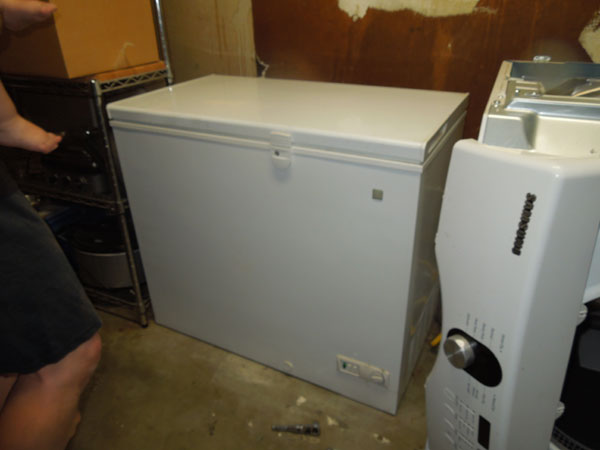
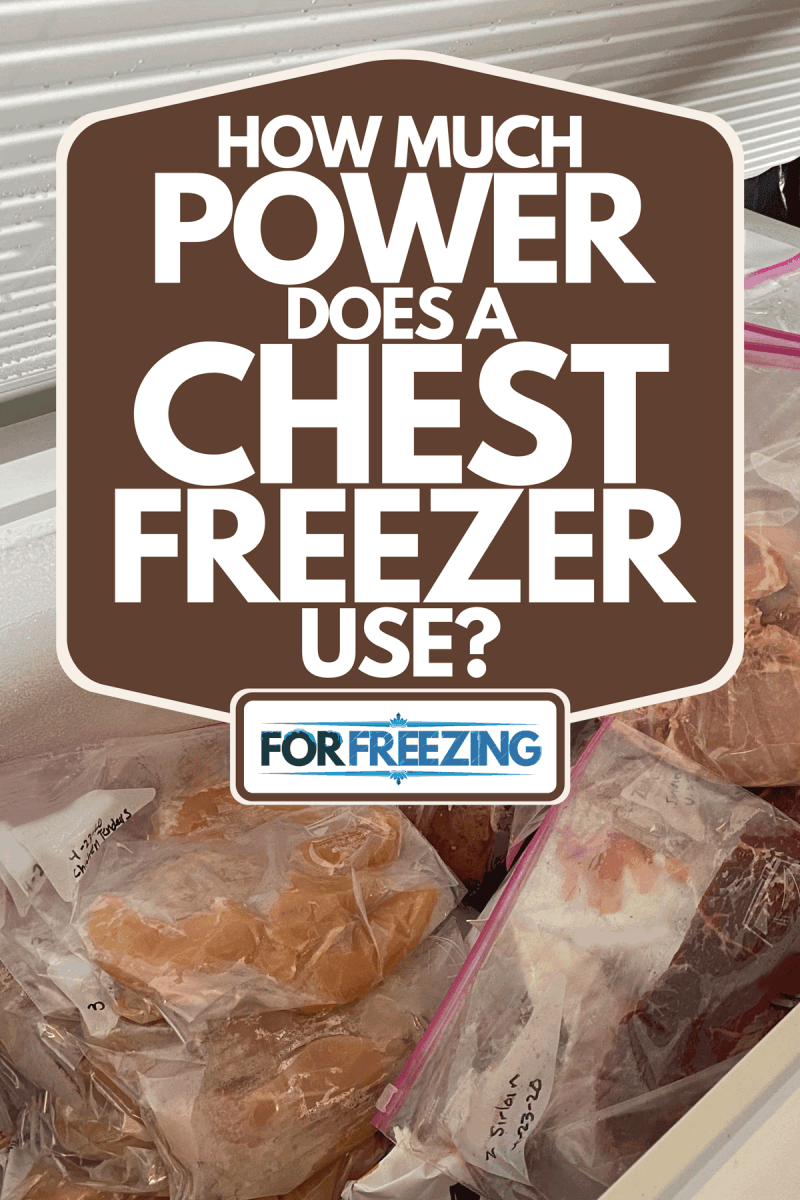
![How Much Power Does A Small Chest Freezer Use How Many Amps Does A Freezer Use [Surge, Running, Low Amp]](https://ecocostsavings.com/wp-content/uploads/2022/02/freezer-wattage.jpg)
